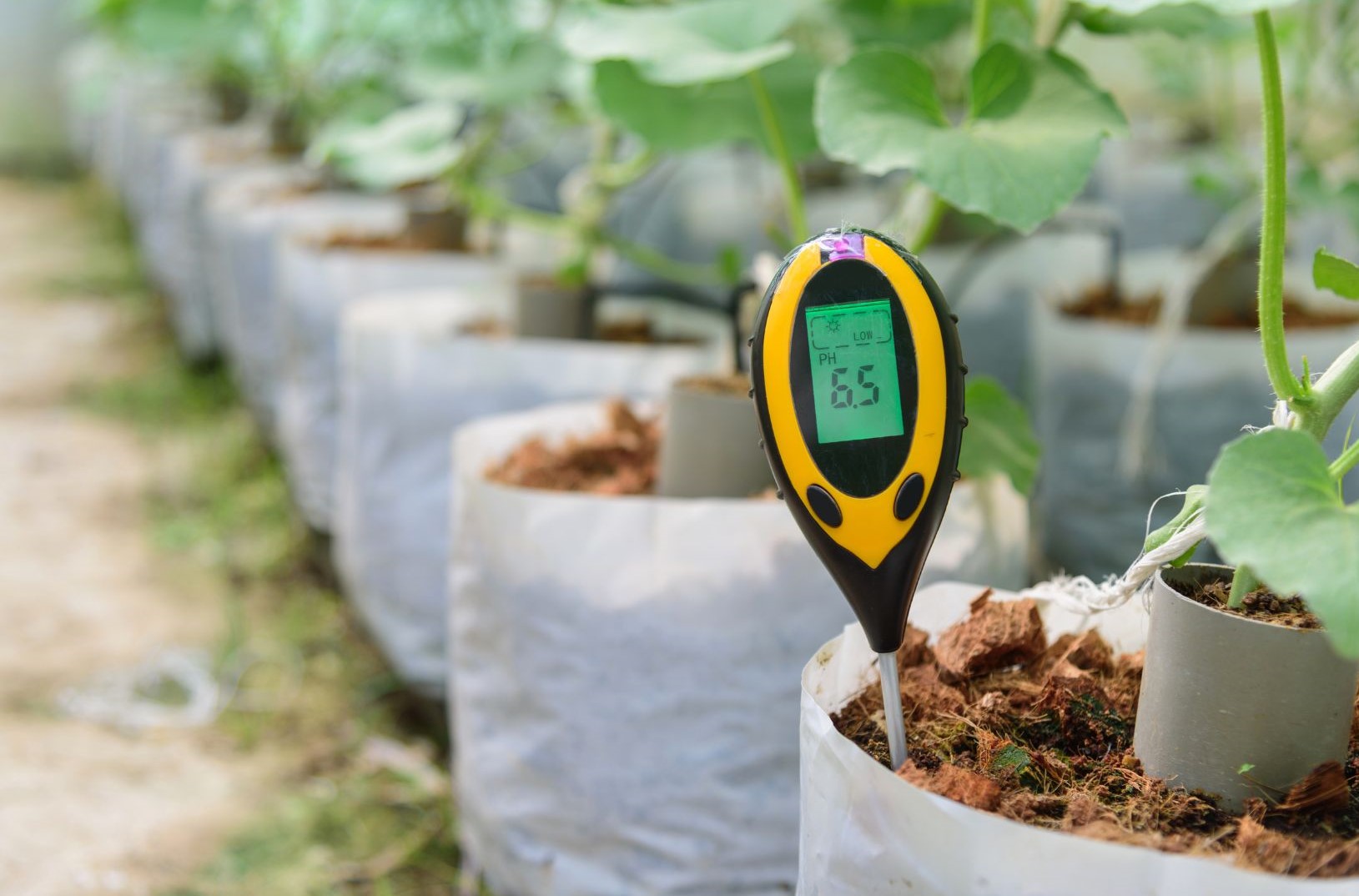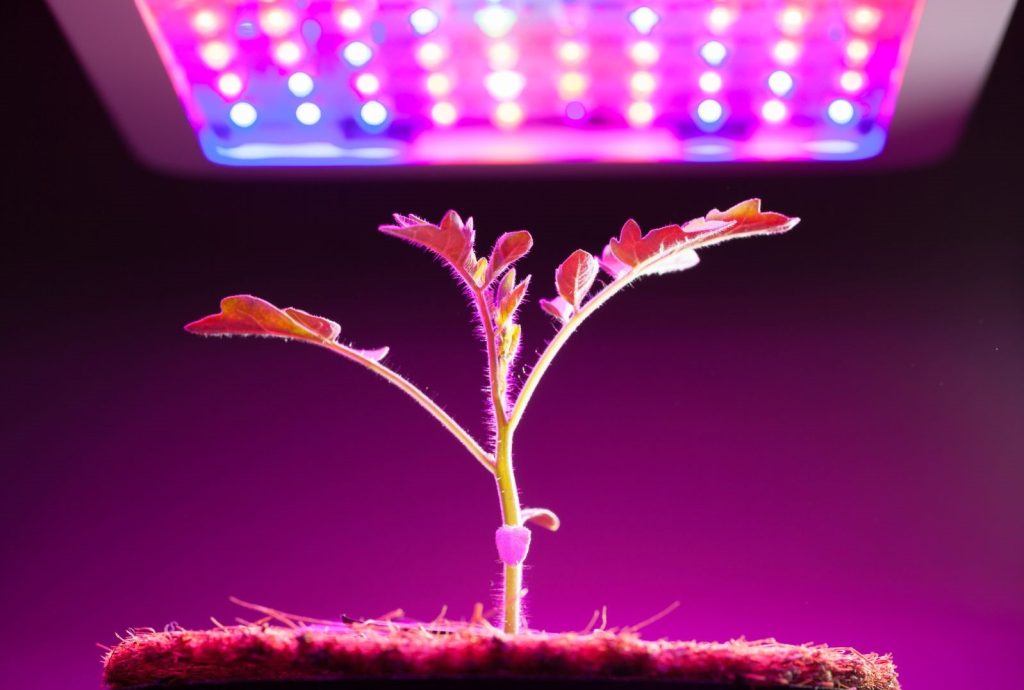Technologies in Hydroponics – Automation, Control and High Performance

This post is also available in:
This post is also available in:
![]() Ελληνικά (Greek)
Ελληνικά (Greek)
The technology referred to here is the method of growing crops without soil. Instead of using traditional soil-based farming, I utilized various soilless techniques such as NFT, DWC, Drip Irrigation, Aeroponics, wick System, and Ebb and flow to cultivate crops in a hydroponics system.
The term hydroponics denotes the soilless culture of plants. The possibilities of this technique have received considerable attention in recent years. In hydroponics, there is an outgrowth of techniques long used by scientists. Plants are grown with their roots immersed in a water solution containing necessary minerals or rooted in a sand medium kept moistened by such a solution. The soilless culture of plants is similar in principle but larger in scale.
Automation and remote monitoring further reduce manual intervention, improving efficiency and crop growth. As technology advances, more sophisticated tools and systems will likely be developed, enhancing the capabilities of environmental monitoring and control in hydroponics farming.
Different types of sensors are used to measure parameters such as temperature, humidity, light intensity, CO2 levels, pH, and nutrient concentrations in the nutrient solution.
What are the technologies used in hydroponics?
- Data Loggers: Data loggers are used to record and store the data collected by sensors over time. They can be connected to multiple sensors and are helpful in tracking environmental trends and changes.
- Automated Control Systems: These systems use the data from sensors and data loggers to control environmental factors automatically. They can adjust parameters like temperature, humidity, and light intensity based on predefined setpoints or user-defined parameters.
- Climate Controllers: Climate controllers are specialized systems that integrate sensors, data loggers, and automated control systems. They allow for comprehensive control over multiple environmental factors simultaneously.
- HVAC Systems: Heating, ventilation, and air conditioning (HVAC) systems are crucial for maintaining the desired temperature and humidity levels in the hydroponic facility. They can be automated or manually controlled.
- Light Control Systems: In indoor hydroponics setups, light control systems are used to manage artificial lighting. They can adjust light intensity and duration to mimic natural daylight conditions.
- CO₂ Injection Systems: CO₂ is essential for photosynthesis, and CO₂ injection systems are used to maintain optimal CO₂ levels in the growing environment.
- Environmental Monitoring Software: This software collects and analyzes data from various sensors and devices, giving growers real-time insights into the hydroponic system’s performance. It can also send alerts and notifications when environmental conditions deviate from the desired range.
- Remote Monitoring and Control Systems: These systems enable growers to remotely monitor and control their hydroponic setup using smartphones, tablets, or computers. This offers flexibility and convenience in managing the system.
- Water Quality Monitoring Tools: Monitoring tools such as pH meters, electrical conductivity (EC) meters, and nutrient level sensors help ensure the nutrient solution’s composition is appropriate for plant growth.
- Humidifiers and Dehumidifiers: Humidifiers increase humidity levels, while dehumidifiers reduce excess humidity in the growing environment. They are used to maintain optimal humidity levels for plant growth.
- Light Sensors and Timers: Light sensors can detect natural light levels, and timers control the duration of artificial lighting in the hydroponic system.
Hydroponic farmers can achieve precise control over environmental factors by integrating these tools and machines.
Using and implementing technology in the formulation and delivery of nutrient solutions in hydroponics farming can significantly improve the accuracy, efficiency, and effectiveness of nutrient management.
A step-by-step guide on how to use technology for this purpose
Automated Nutrient Mixing Systems:
- Use automated nutrient mixing systems that can accurately measure and blend water-soluble fertilizers and other nutrient components. These systems can be controlled through a centralized computer or mobile application, allowing for precise nutrient formulation.
Nutrient Monitoring Sensors:
- Install nutrient monitoring sensors in the hydroponic system to measure the pH and nutrient levels of the solution in real-time. These sensors can be connected to data loggers and environmental control systems for continuous monitoring and data collection.
Adjustment Systems for pH:
- Employ automated pH adjustment systems that can monitor the pH level of the nutrient solution and automatically adjust it using acid or alkaline solutions. This ensures that the nutrient solution maintains the optimal pH range for plant uptake.
Nutrient Injection Systems:
- Use nutrient injection systems that can deliver precise amounts of nutrients directly to the root zone of the plants. These systems can be automated based on plant growth stages or controlled manually with the help of sensors and timers.
Dosing Pumps and Controllers:
- Utilize dosing pumps and controllers to deliver the nutrient solution to different hydroponic units or channels with accurate flow rates and durations. This ensures uniform nutrient distribution to all plants.
Internet of Things (IoT) Integration:
- Implement IoT-based solutions to enable remote monitoring and control of the nutrient formulation and delivery process. This allows growers to adjust and monitor nutrient levels from anywhere using a smartphone or computer.
Nutrient Solution Software:
- Employ specialized nutrient solution software to calculate and recommend the optimal nutrient formulation based on crop type, growth stage, and environmental conditions. These software solutions can also help track nutrient usage and analyze plant performance.
Nutrient Delivery Automation:
- Automate the delivery of nutrient solutions to different hydroponic systems based on preset schedules or sensor readings. This ensures that the plants receive the required nutrients at the right time.
Data Analytics and Optimization:
- Analyze the data collected from nutrient monitoring sensors, environmental sensors, and plant performance to optimize nutrient formulations and delivery strategies. Data-driven insights can lead to more efficient resource use and improved crop health.
Remote Support and Troubleshooting:
- Utilize remote support and troubleshooting services provided by technology providers to address technical issues promptly and ensure smooth operation of the nutrient delivery systems.
Further reading
A Beginner’s Guide to Hydroponics Farming: From Seed to Harvest
Different types of hydroponics systems and how they work
Challenges of Hydroponics Farming and how to overcome them
The Potential for Combining Hydroponics and Crop Circle Farming with Traditional Practices
Technologies in Hydroponics – Automation, Control and High Performance
Automation in harvesting and processing of hydroponic crops
AI-based Pest detection in hydroponics farming
References :
- Tao, L. Zhao, G. Wang, and R. Liang, “Review of the internet of things communication technologies in smart agriculture and challenges,” Computers and Electronics in Agriculture, vol. 189, article 106352, 2021.
- Qazi, B. A. Khawaja, and Q. U. Farooq, “IoT-equipped and AI-enabled next generation smart agriculture: a critical review, current challenges and future trends,” IEEE Access, vol. 10, pp. 21219–21235, 2022.
- Das, J. Sahoo, M. B. Raza, M. Barman, and R. Das, “Ongoing soil potassium depletion under intensive cropping in India and probable mitigation strategies. A review,” Agronomy for Sustainable Development, vol. 42, no. 1, pp. 1–26, 2022.
- DIGITAL AGRICULTURE 2 – e-Book June 2023 – Marco Brini 33 MARCO BRINI linkedin.com/in/marcobrini/
- Sharma, M. Georgi, M. Tregubenko, A. Tselykh, and A. Tselykh, “Enabling smart agriculture by implementing artificial intelligence and embedded sensing,” Computers & Industrial Engineering, vol. 165, article 107936, 2022.
- Adidrana, A. R. Iskandar, A. Nurhayati et al., “Simultaneous hydroponic nutrient control automation system based on Internet of Things,” JOIV: International Journal on Informatics Visualization, vol. 6, no. 1, pp. 124–129, 2022.
- G. Rezk, E. E.-D. Hemdan, A.-F. Attia, A. El-Sayed, and M. A. El-Rashidy, “An efficient IoT based smart farming system using machine learning algorithms,” Multimedia Tools and Applications, vol. 80, no. 1, pp. 773–797, 2021.
- Manikandan, S. Prabhu, P. Chakraborty, T. Manthra, and M. Kumaravel, “IoT-Based Smart Irrigation and Monitoring System in Smart Agriculture,” Futuristic Communication and Network Technologies, Springer, Singapore, pp. 45–56, 2022.









































































